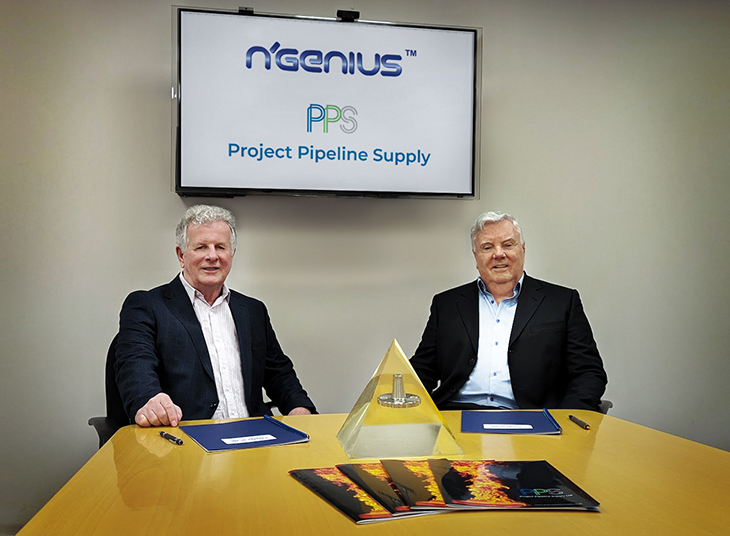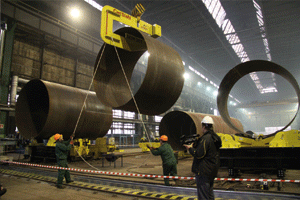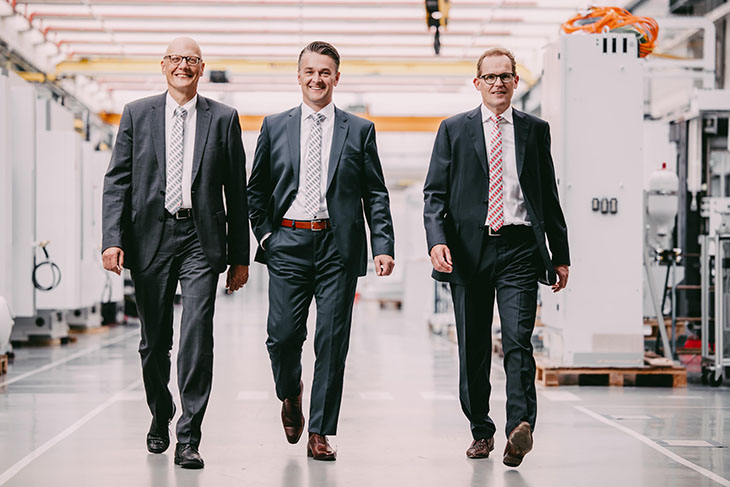People are increasingly aware that the choices they make now will affect the future world. Changing to low-carbon concrete and other sustainable materials would make a sizable dent in decreasing emissions.
A 2022 United Nations report found the construction and buildings sectors’ CO2 emissions and energy consumption reached a record high in the previous year. The industry accounted for 37% of energy and process-related CO2 emissions and more than 34% of energy demand.
Reducing the emissions associated with concrete is a step in the right direction for reducing those numbers. Widespread usage may be a long way off, but innovative companies are researching the possibilities.
Concrete-Related Emissions Reductions Already Prioritized
Data from the Dodge Construction Network indicates the majority of construction professionals who work with concrete currently track the embodied carbon associated with their projects. More specifically, 89% of structural engineers and 61% of contractors do so. Additionally, 94% of those polled said clients requested embodied carbon reductions on their projects. Tracking is the first step to ensuring they happen.
Another finding was 51% of the survey participants believed performance-based specifications would be more common on projects occurring over the next three years. In such cases, people can select certain materials based on their carbon content.
Early Progress in Low-Carbon Concrete
Companies working on low-carbon concrete projects use various strategies, which strongly suggests there’s no single or best path to reduce concrete’s carbon footprint. CarbonBuilt uses a specialty concrete mix and curing process to hold CO2 in the material permanently. The resulting blocks store more than 2% of the carbon dioxide by mass.
CarbonBuilt recently reached an agreement with Blair Block — an Alabama-based masonry provider — to use its technology in a Blair Block facility. This decision will cause a carbon footprint reduction of more than 80% without compromising performance, plant operations or price.
In another case, First Graphene Limited entered a joint development agreement with Suvo Strategic Minerals to create low-carbon concrete and cement products. Suvo Strategic Minerals is already working with metakaolin to reduce concrete-related emissions — a pozzolanic material that comes from fine kaolinite clay.
Efforts are underway to use metakaolin as a partial replacement for clinker in cement, believing this change will improve concrete’s strength and performance. The calcination process also happens at much lower temperatures and without significant CO2 emissions.
Collaborative work also comes from Lafarge Canada and TransAlta. The companies hope to spur low-carbon concrete in Alberta, Canada. They focus on repurposing discarded fly ash as a cement replacement during concrete manufacturing using a specialized preparation process that removes excess carbon. However, the people working on this project believe their attempts will pay off and get the world closer to a low-carbon concrete future.
Leading a Transition Away From Concrete
It’s important to point out that concrete itself is not a bad material — it’s fireproof and a good insulator, plus very versatile. However, people are rightfully concerned about its associated emissions. Bringing those down would represent a substantial achievement in sustainable building, aligning with other planet-friendly choices. Many people are building homes from recycled materials or making other conscious choices.
Individuals are also becoming more aware of which types of facilities are less sustainable by nature. Data centers are among those, but they’re increasingly necessary for a society that’s so dependent on the internet, apps and digital information transfers. However, Amazon Web Services, Baker Concrete Construction and Holcim recently worked together to create a low-carbon concrete mix for several data centers under construction in Virginia.
The new concrete mixes can reduce CO2 emissions by 35% to 45%. People familiar with the data centers believe using the innovative concrete blends will cause a 39% CO2 reduction for those particular projects.
It’s unrealistic to expect people to stop using concrete so suddenly, especially since it’s been such a popular material for so long. But, a gradual shift away from it is much more feasible, especially when people and companies with the right skills and expertise work together.
The First Movers Coalition is an example of that in action — it’s a collective effort where participants focus on innovating certain sectors or areas to achieve a net-zero future. The group set a goal in 2022 to buy at least 10% near-zero concrete and cement by 2030. That commitment should encourage people working to reduce the CO2 in concrete to stay motivated and create scalable solutions.
Low-Carbon Concrete Innovation Is Worthwhile
Developing new types of concrete to reduce carbon footprints requires substantial investment, often sourced from multiple companies and experts. The road to creating low-carbon concrete has already been long, but the examples here and elsewhere show people are already getting great results with options that have real-world potential.
Such dedication to an overarching goal will be instrumental in helping the world have a greener future that includes less dependence on conventional concrete and more experimentation with sustainable materials with smaller carbon footprints. Once concrete with less carbon is widely available, early adopters in the construction and related industries will be vital for encouraging others to follow suit in using it.























